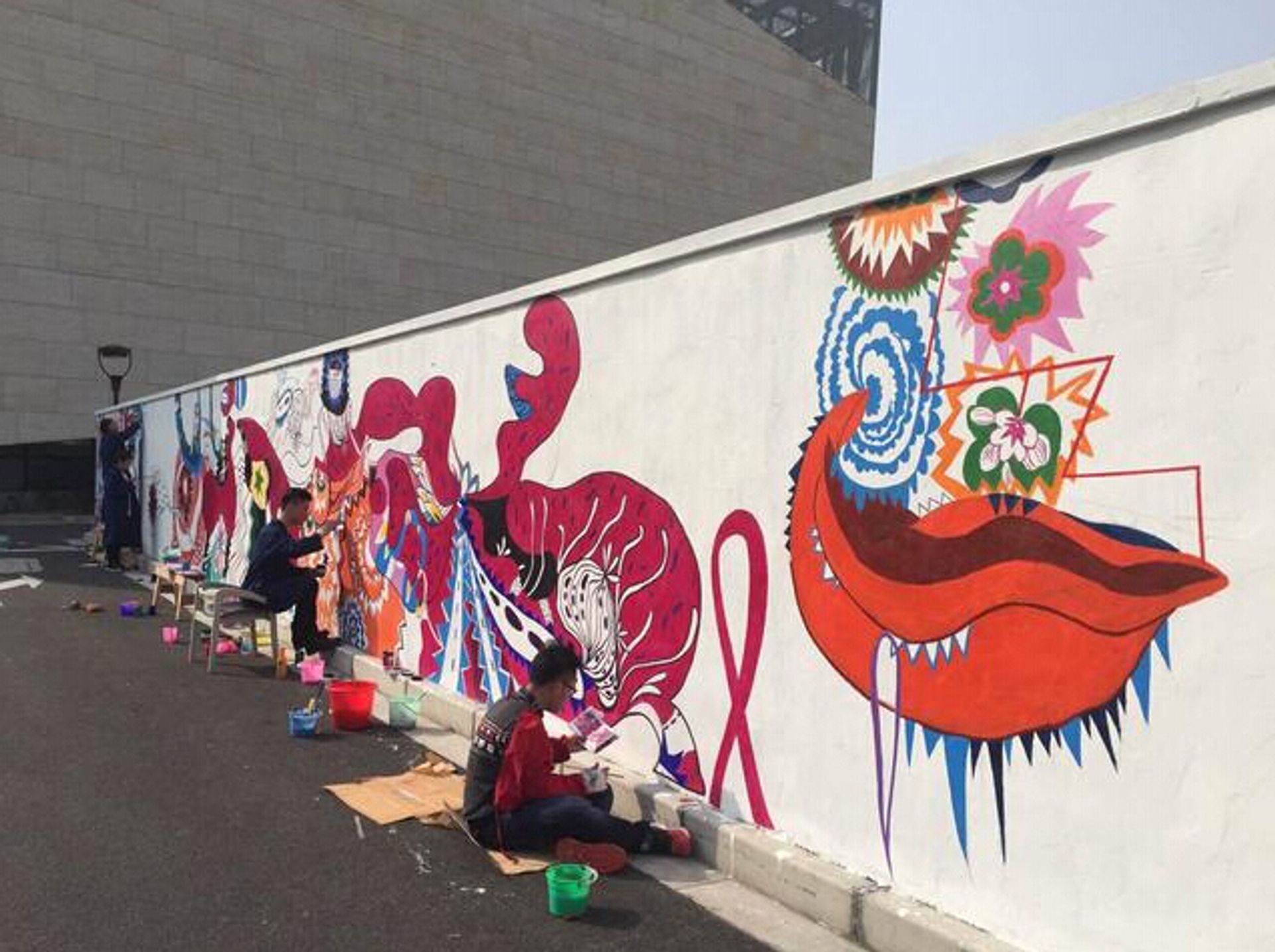Shanghai’s Liu Haisu Art Museum reopened in April after three years of construction in its 12,000 sq m new premises. Originally opened in 1995, and dedicated to the 20th-century painter and educator after which it was named, the institution was one of the first museums in the city to show Chinese contemporary artists. The museum, which is run by the local municipality, will continue to follow a dual track, says a spokesman, of showing works by Liu and his contemporaries and providing a showcase for young artists.
Liu Haisu (1896-1994) was a founder of China’s New Art Movement. In 1912, he co-founded modern China’s first fine arts school, the Shanghai Academy of Chinese Painting. He was a controversial early advocate of painting live nude models, from 1914, and coeducation, from 1919. His art mixed classical Western painting with traditional Chinese art, part of the then-radical Shanghai Style.

The new venue has six exhibition halls, two for temporary shows and four to display the permanent collection. As well as more than 900 works by Liu Haisu, the museum holds traditional masterpieces including Guan Tong’s Living in Seclusion amid Mountains and Rivers (Song dynasty), Qiu Ying’s An Autumn Hunting Expedition (Ming dynasty), and Bada Shanren’s Peacocks Perching on Rocks (Qing dynasty). The new building also has shops, lecture halls, art storage warehouses and a library. The museum’s exterior includes a 300-metre-long graffiti wall, with works copied with permission from established artists by art students from Shanghai University.
The museum’s opening exhibition, A New Generation of Internet Artists, curated by Jin Weiyi and Yang Huarong, features the work of artists from the online platform Tencent, which hosts sites for some 960,000 artists. Future exhibitions include Rewriting Liu Haisu and a show of Austrian fashion that uses Liu’s ink technique in the designs.

